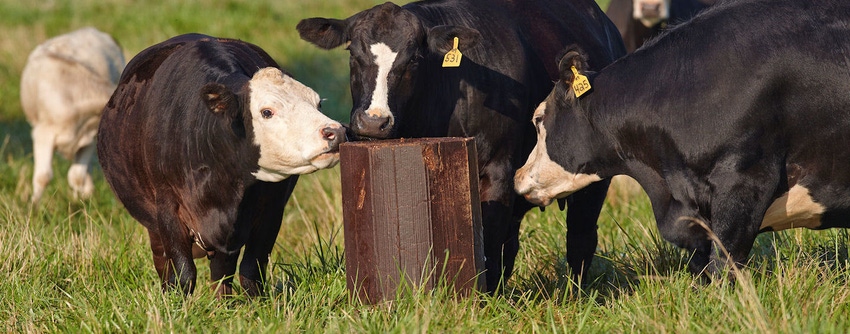October 20, 2016

Since the primary purpose of stocker cattle is to add value for profit, finding ways to leverage that profit to greater levels should be a natural fit.
The simple definition of leverage is to increase the means of accomplishing a purpose, and in financial terms it usually means to increase the potential return of an investment.
Ted McCollum III, Texas A&M AgriLife extension beef cattle specialist, recently outlined some leverage points in stocker programs.
Margin influencers
Most stocker operators continually monitor stocker and feeder prices to make decisions on when to buy and sell cattle. Some sell calves the day they buy them using futures markets or contracts. In addition to locking in gross profit, they know what it costs them to put a pound of gain on an animal. Gross margin is the relationship of purchase price and sales price and is the money available to pay production costs. This knowledge gives stocker operators leverage.
Two margin influencers are value of weight gain and value of added weight, which are different numbers. Value of weight gain across a period of time is calculated by dividing gross margin by total weight (see Figure 1). Total cost of gain must remain below the value of weight gain in order to make a profit. Value of weight gain can vary seasonally and among different weight classes of cattle.
The value of added weight reflects value difference among different weight classes of cattle on a given market and can vary across a year. This information may provide a decision point in determining the weight class to purchase. The relationship between value of added weight and cost of gain gives leverage to the stocker operator.
Figure 2 shows how to calculate value of added weight. Value of added weight should be used as a decision aid when considering whether to apply management practices such as supplemental feeding to increase sale weight.
Health management
Health of incoming calves is a challenge in a stocker program and the ability to manage it successfully provides leverage.
Morbidity (sickness) and mortality (death) rates vary and are dependent on many factors, ranging from calf background history to the procurement and transportation process to conditions, labor and management after arrival.
High death loss actually is like reverse leverage, dramatically cutting into potential profits and raising the cost of gain.
Cost of morbidity in calves is the sum of antibiotic therapy, death loss, chronics and reduced performance by calves that were sick and recovered.
Some important factors for keeping morbidity and mortality to a minimum include:
• Adequate labor to identify and treat calves
• Prudent and timely use of metaphylaxis, which is treatment of a group of animals to eliminate or minimize an expected outbreak of disease
• Provide palatable feed and water
• Low-stress handling procedures
Rate of gain, total gain
Stating the obvious, rate of gain and total gain are keys to profitability. More marketable weight equals more dilution of associated production costs.
Some factors that affect weight gain are not directly manageable in a stocker program. Genetic potential for gain in purchased calves, and seasonal and annual variation in forage quality are a couple of these factors. Morbidity can reduce weight gain and can be influenced by management.
Other means of altering weight gain such as stocking rate/forage availability, use of growth implants/feed additives and provision of supplemental feeds are under direct managerial control.
Good management is a principle requirement for leveraging a stocker operation.
Another way to leverage the business are to calculate net profit (sales price - purchase price - cost of pound of gain) when cattle are bought and determine cost impact of each added management practice on profit before implementation.
Fears writes from Georgetown, Texas.
You May Also Like




